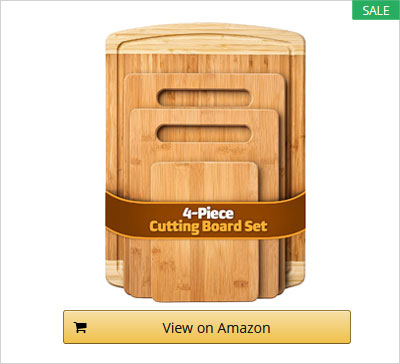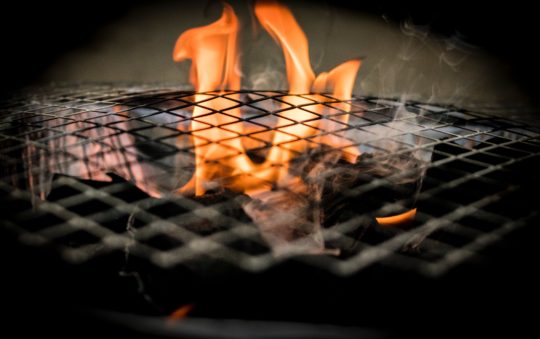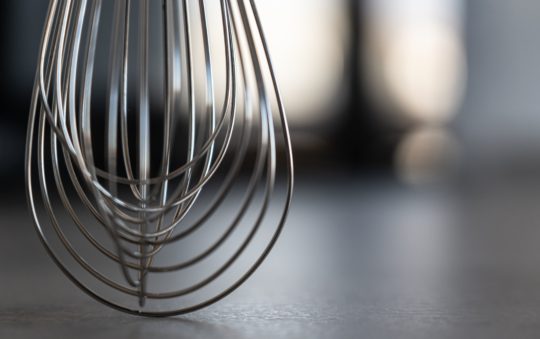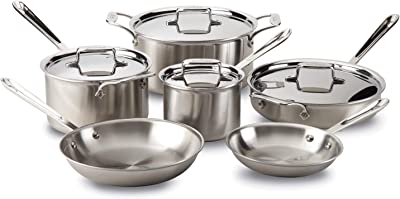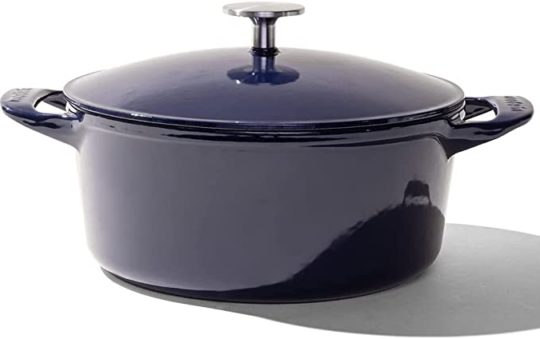A cutting board is an essential tool in any kitchen, but not all cutting boards are created equal. Many cutting boards are made with materials that can be harmful to your health, such as plastics that contain chemicals like BPA, phthalates, and PVC. Fortunately, there are several non-toxic cutting board options available that are safe for use in the kitchen. In this article, we’ll take a closer look at some of the best non-toxic cutting board options on the market.
Wood
Wooden cutting boards are a classic choice for many home cooks, and for good reason. Wood is a natural material that is safe for food contact and does not contain any harmful chemicals. Additionally, wooden cutting boards are durable, easy to clean, and provide a stable surface for cutting.
When choosing a wooden cutting board, it’s important to look for a board made from a hardwood like maple, cherry, or walnut. These woods are less porous than softwoods like pine or cedar and are less likely to harbor bacteria. It’s also important to oil the board regularly to prevent cracking and to maintain its appearance.
Bamboo
Bamboo cutting boards have become increasingly popular in recent years due to their eco-friendliness and durability. Bamboo is a sustainable material that grows quickly and does not require pesticides or fertilizers. Additionally, bamboo cutting boards are lightweight, easy to clean, and provide a smooth surface for cutting.
When choosing a bamboo cutting board, it’s important to look for a board that is made from bamboo that has been sustainably harvested and does not contain any formaldehyde-based adhesives. It’s also important to oil the board regularly to prevent cracking and to maintain its appearance.
Glass
Glass cutting boards are another non-toxic option that are safe for use in the kitchen. Glass is non-porous and does not absorb bacteria, making it a hygienic choice for cutting boards. Additionally, glass cutting boards are easy to clean, heat-resistant, and provide a smooth surface for cutting.
When choosing a glass cutting board, it’s important to look for a board that is made from tempered glass, which is less likely to break than regular glass. It’s also important to be careful when using glass cutting boards, as they can be slippery and may damage knives.
Stainless Steel
Stainless steel cutting boards are a popular choice in commercial kitchens due to their durability and hygienic properties. Stainless steel is non-porous and does not absorb bacteria, making it a safe choice for cutting boards. Additionally, stainless steel cutting boards are easy to clean and provide a smooth surface for cutting.
When choosing a stainless steel cutting board, it’s important to look for a board that is made from high-quality stainless steel that is free from nickel and other harmful metals. It’s also important to be careful when using stainless steel cutting boards, as they can be slippery and may damage knives.
Natural Stone
Natural stone cutting boards, such as those made from marble or granite, are a luxurious and durable option for home cooks. Natural stone is non-porous and does not absorb bacteria, making it a safe choice for cutting boards. Additionally, natural stone cutting boards are easy to clean, heat-resistant, and provide a stable surface for cutting.
When choosing a natural stone cutting board, it’s important to look for a board that is polished and sealed to prevent staining and to maintain its appearance. It’s also important to be careful when using natural stone cutting boards, as they can be heavy and may damage knives.
Overall, there are many non-toxic cutting board options available on the market. When choosing a cutting board, it’s important to consider factors such as material, durability, and ease of cleaning. By choosing a non-toxic cutting board, you can ensure that your food
